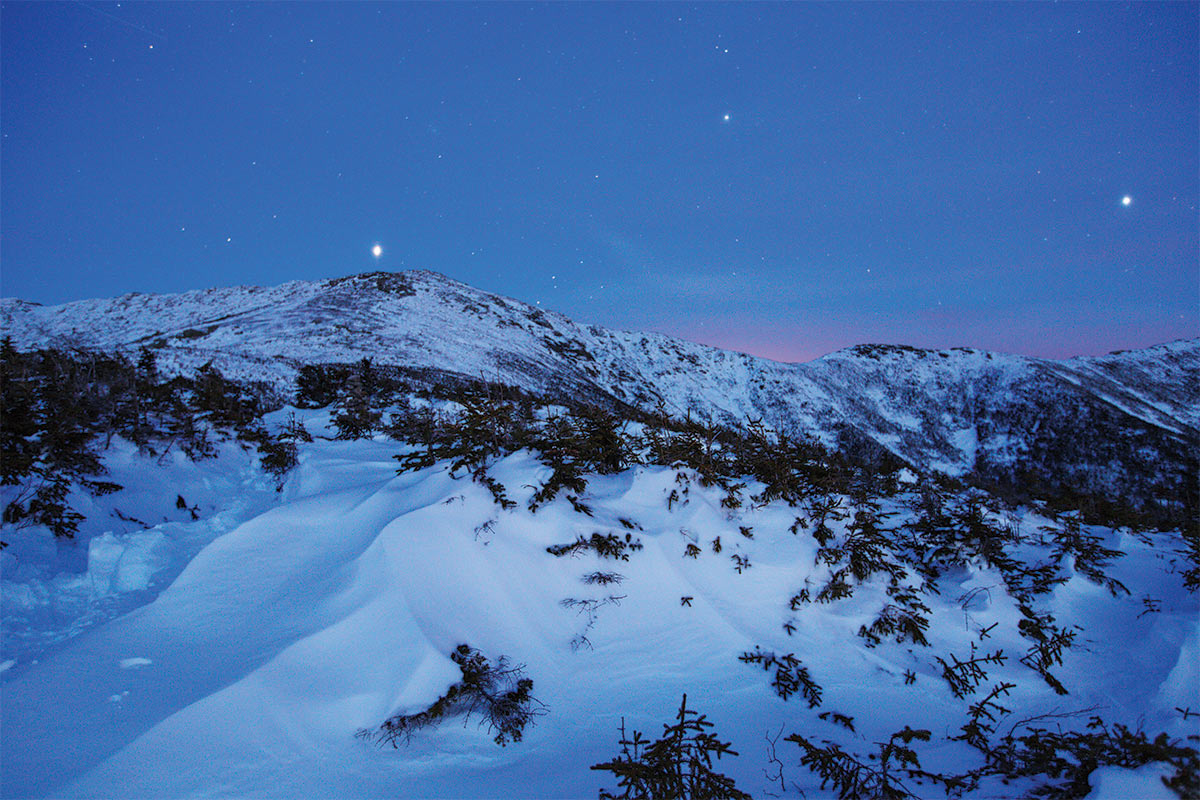
Illustration By Tyler Nordgren
The Appalachian Trail can be experienced on two scales — one remarkably vast, the other exquisite and small. On the Trail, you are walking on the crest of an ancient mountain range, one that has stood for 480-million years. The path before you stretches nearly 2,200 miles in total and traverses 14 states. Rather than making you feel insignificant, it feels right and good to be part of something much bigger than yourself, to bear witness to the epic forces of tectonics and gravity and erosion, as well as trailblazing and conservation, that have allowed you to be on this trail in the first place.

The Appalachian Mountains were once a natural threshold between the Eastern Seaboard and the frontier wilderness that lay beyond.
The lure of the wild has always drawn people outside, towards the mountains. But, in our rapidly developing world, wildness is disappearing. In the last decade, the United States has lost about 175,000 acres of tree cover to pavement each year. Worldwide, wildlife population sizes have dropped by an average of 60 percent in our own lifetimes. Children in urban areas are increasingly disconnected from places where they can roam and let their imaginations soar. With every passing year, conserving wild areas like the Appalachian Trail becomes more necessary for people and animals alike. Preserving the Trail and the open space that surrounds it maintains its recreational opportunities, provides economic benefits to local communities, ensures essential habitat for many species, and provides necessary resiliency against the effects of climate change.
The Appalachians have long been an important route for migratory birds, for example. Thousands of broad-winged hawks and other raptors depend on Appalachian mountain updrafts to make their way to and from their nesting grounds in South America each year. Other birds, such as the cerulean warbler, are ever more dependent on the Trail for habitat as their numbers dwindle throughout their historic range. Once found in abundance along the Eastern Seaboard, the cerulean warbler population has declined by more than 70 percent over the past 50 years. Yet they still fly — and find refuge — along the A.T.

The Wild East of the Appalachian Trail also includes the wild sky. Because of artificial lighting, the Earth is becoming brighter at a rate of about two percent each year. Light pollution disrupts internal circadian rhythms and disturbs the normal activities of nocturnal wildlife. It also prevents our engagement with the sky our ancestors knew, one where the glittering light from thousands of stars was enough to fill us with awe, make us feel safe, and quite literally guide us. Camping at one of the A.T.’s famous shelters (or in a tent) under an inky dome speckled with stars, or stopping at a mountain overlook after sunset, hikers can still find places to experience the wonder and thrill of true natural darkness.
In these wild and welcoming mountains and valleys, places, towns, people, and opportunities abound. There is one Trail, but there are many stories. The Appalachian Trail encompasses all of them.